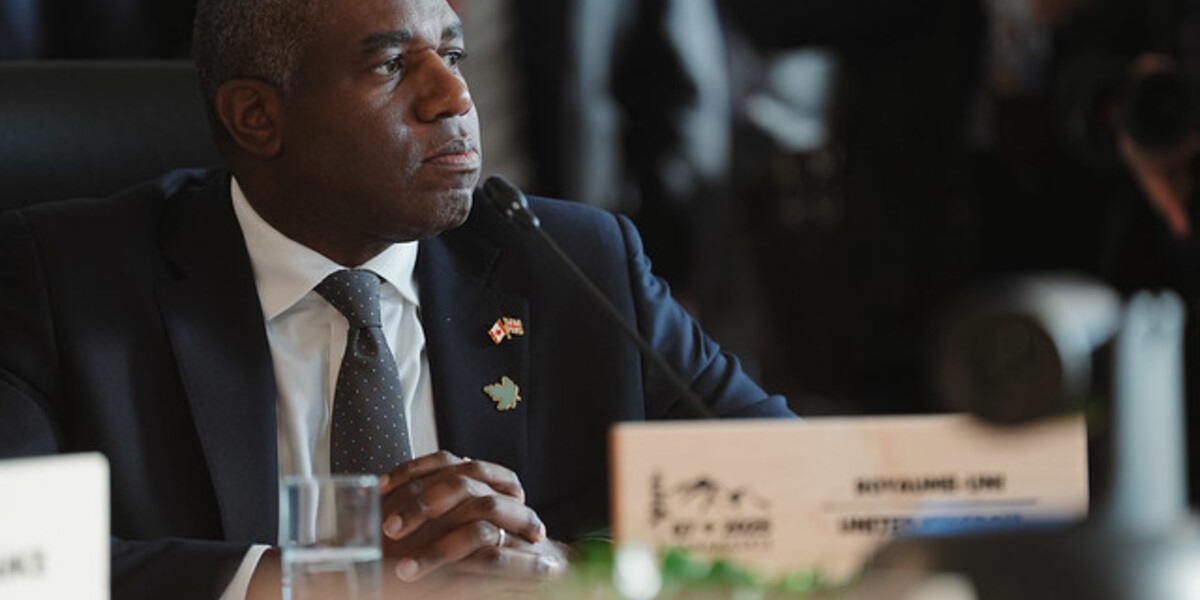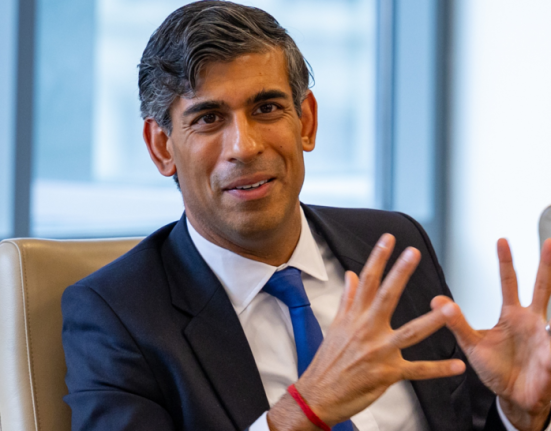An autumn of intrigue and distraction
Angela Rayner’s dramatic resignation last week didn’t just leave a vacancy, it’s given an opportunity for Labour to expose their differences in the open, with an intense deputy leadership race about to dominate politics.
For Keir Starmer’s government and Labour’s grassroots, the race is more than a personnel shuffle: it is a battle for the party’s direction, a show of internal power, and, if party infighting runs riot, a distraction at precisely the wrong moment.
Candidates need 80 backers
Labour’s National Executive Committee (NEC) has imposed a breakneck schedule: candidates must win the backing from 80 MPs by Thursday. That high bar favours Starmer’s favoured candidate and disadvantages Labour’s left, whose leading voice, Richard Burgon, has condemned the timetable as “the mother of all stitch-ups”.
The process then shifts to securing support from local parties and affiliated unions before the final member ballot. It’s a forced sprint through the labyrinth of Labour’s nomination rules. What should be an opportunity for reflection instead feels like a scramble for party survival and discipline.
Interim deputy PM is David Lammy
So who’s in the running? Familiar names emerge into the spotlight: Emily Thornberry (overlooked by Starmer so far) is said to be considering a bid, with Shabana Mahmood, David Lammy, Louise Haigh, and Rosena Allin-Khan widely touted. For the unions, whose nominations are crucial, this will be a prime moment to use this election as a negotiation tactic for the Employment Rights Bill.
Yet in a party where geographical balance and factional identity mean everything, London-based candidates could face pushback from northern and Midlands seats, critical for Labour’s future, especially here in the West Midlands. With David Lammy acting as Deputy Prime Minister, both leadership spots are taken by north London MPs.
Worst timing
The timing could not be worse. Labour’s annual conference, meant to showcase discipline, vision, and unity, will instead become a stage for factional combat and public vulnerability. MPs and ministers, locked in a contest that exposes Labour’s ideological splits, risk overshadowing flagship policies and distracting both government and grassroots from the business of governing. Headlines about internal wrangling could dent morale and give political opponents fresh ammunition through to the vote on 25th October.
This is more than a momentary headache for Starmer. The result will echo through Labour’s policy direction: a left-wing victory would pressure the government to pivot; a centrist win would consolidate Starmer’s hold. But the process itself, fast, fractious, shadowed by the conference, guarantees weeks of uncertainty for Labour’s leadership and distraction from the challenges facing the country.
Tensions set to erupt
For the West Midlands this contest is a high-stakes reminder that Labour’s deepest tensions sometimes erupt when the nation can least afford them.







